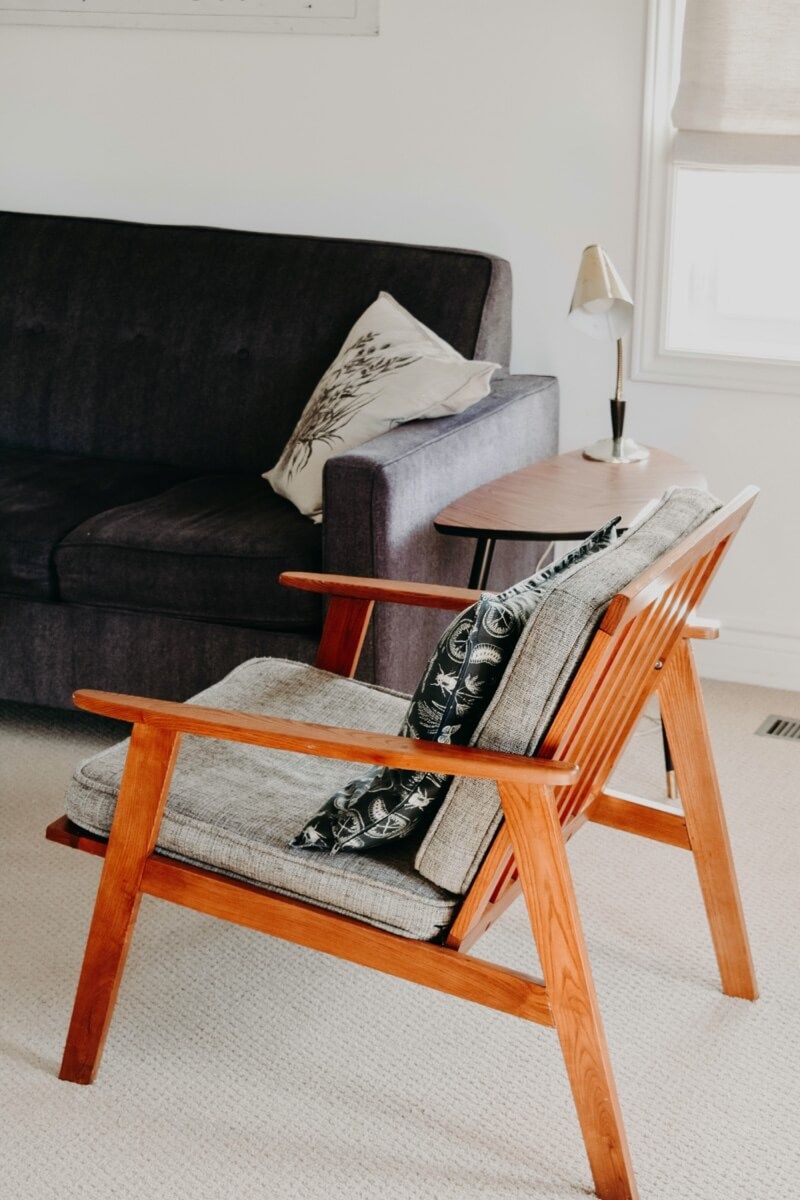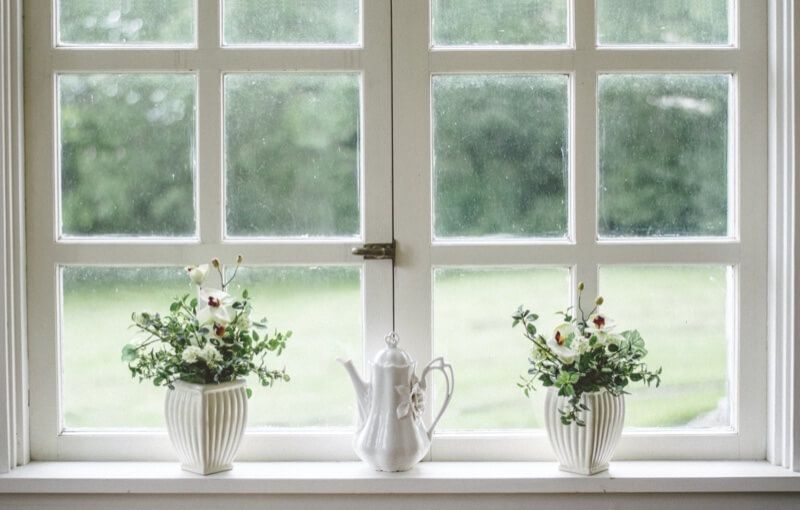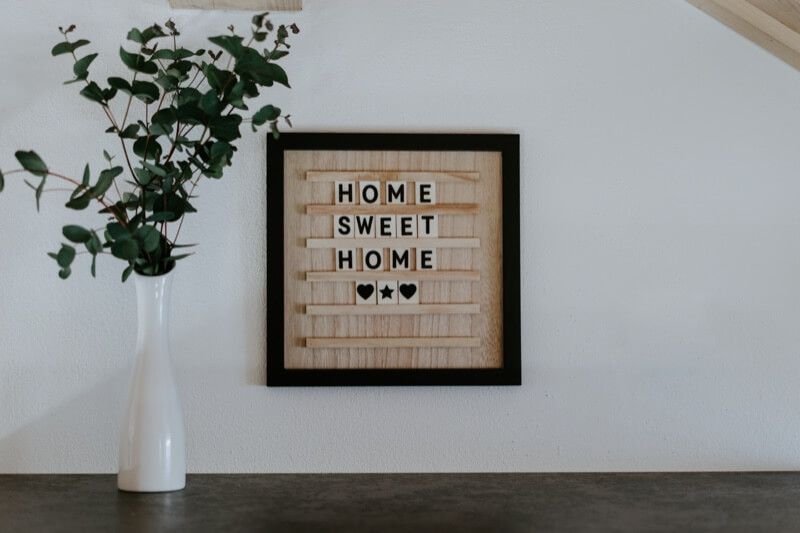An Introduction to Shared Ownership Mortgages

Shared Ownership, also known as Part-Buy, Part-Rent, is a government scheme that is designed to help first-time buyers, and other selected groups, get a foothold on the property ladder when considering what homes to buy. You begin by buying part of a home—typically between 25% and 75%—with the remaining part owned by the landlord, usually a council or housing association.
Under the terms of your homeownership agreement, you typically pay rent (at a reduced amount) on the part of your new home you don’t own, but retain the ability to buy further shares in the future—a process known as ‘staircasing’. In most cases you can staircase up until the point you own 100% of your home. You can find out more about staircasing here.
Can you buy any kind of property?
Unfortunately, available Shared Ownership scheme properties are confined to those that have been built by a housing association via a government subsidy. Typically, such homes are found in apartment blocks or in new-build estates. In some cases, all the properties may be available under the Share to Buy scheme, in others it may only be a proportion that are released in order to help the housing association meet its affordable housing targets. This means that most of the time your new home can only be a new-build. In a smaller number of cases, you may be able to buy a recently built resale property that is being sold on by a previous Part Buy, Part Rent owner.
Do you need a Shared Ownership mortgage?
If you’re going to share ownership with a housing association, you’ll need a mortgage. However, you won’t have to borrow as much as if you were purchasing the house outright – this is because you’ll only require a mortgage for the portion of the property you’re purchasing rather than one that covers the whole value of the property. When it comes to your deposit, you’ll typically need between 5% and 10% of the value of the share you’re purchasing. For example, if you’re buying a 50% share of a £250,000 property, your share will be worth £125,000. Therefore, you’ll need £12,500 for a 10% deposit or £6,250 for a 5% deposit.
Are you eligible for Shared Ownership?
Your household income (yours and your partner’s income) must be £80,000 a year or less (£90,000 a year or less in London). You must also meet one of the following criteria. You’re either:
- A first-time buyer,
- A prior homeowner but no longer able to afford a new home on the open market,
- An existing Shared Ownership owner.
And demonstrate the following:
- You’re at least 18 years old.
- You’re unable to afford to buy a suitable home on the open market.
- You’re not in mortgage or rent arrears.
- You have a good credit history.
- You plan to live in the property and have no plans to rent either all or part of it.
- You have the permanent right to live in the UK.
Do you qualify for military priority?
You’ll receive military priority for the Share to Buy scheme if you have completed your phase 1 training and meet at least one of the following criteria:
- You’re regular Army, Air Force or Navy service personnel.
- You’re a member of clinical staff.
- You’re a Ministry of Defence Police Officer.
- You’re a uniformed staff member of the Defence Fire Service.
You may still be eligible for military priority for the scheme if you’re an ex-military member who meets the following criteria:
- You served in the Armed Forces for six or more years.
- It’s within two years of your date of discharge from service.
- You can produce a Discharge Certificate (or similar documentation) proving your service.
Lastly, if you’re the surviving partner or spouse of a Regular Service Personnel who has died within the past two years, you may be entitled to military priority for the Share to Buy scheme. Veterans Gateway offers help and advice to armed forces members and their families. You can find more information here.
How much should you budget for additional costs?
Everything depends on your individual circumstances, including the terms and conditions of your housing association, but you should budget to ensure that you’ve enough to cover the costs of buying your Share to Buy home – for example, solicitor and management fees.
Do Shared Ownership properties require a specialist mortgage?
Many mainstream mortgage lenders don’t offer Share to Buy mortgages, so you may need to find a specialist provider. One consequence of this limited availability is that Share to Buy mortgage interest rates may be higher than those of a standard mortgage. You may want to get specialist mortgage advice.
How much deposit do you need for Shared Ownership properties?
Share to Buy lenders calculate loan to value (LTV) on Shared Ownership mortgages differently than for standard mortgages: instead of calculating the LTV based on the whole value of the property, it’s calculated based only on the share you’re buying. In most cases you’ll need, as a minimum, a deposit of 5-10% of this amount.
For example, if you’re buying a 50% share of a flat that has a total value £180,000, you’ll need £90,000 from your mortgage and deposit combined. In this case, if you had a 5% deposit (£4,500), you’d need a £85,500 mortgage – meaning the loan to value of the mortgage would be 95%. You can work out the LTV of your mortgage by using this calculator.
For more information about deposits check out our guide to 95% mortgages.

What are the Share to Buy mortgage lending criteria?
As with any mortgage application, your ‘sharetobuy’ mortgage lender will carry out an affordability calculation to determine whether you can safely cover the cost of your monthly mortgage repayments.
However, ever since changes brought about by the Financial Conduct Authority (FCA) in 2014, the amount you can borrow has been capped at a loan-to-income ratio of four-and-a-half times your income. Lenders are now required to also make a case-by-case affordability assessment of your ability to repay the loan. This affordability assessment should consider the following:
- Your income, including salary, bonuses and pensions.
- Outgoings, including vehicle costs, commuting costs, utility and broadband bills.
- Your debt repayments on personal loans, credit cards etc.
- Your insurance payments.
- Child maintenance costs.
- Rent on the portion of the Share to Buy property you won’t own.
- Ground rent and service charges (these are inevitable as all Shared Ownership homes are sold on a leasehold basis).
The FCA further requires lenders to ‘stress test’ your capacity to repay the mortgage in the event of interest rate rises or any of the following events:
- Redundancy.
- Having a baby.
- Taking a career break.
According to Which?, ‘if the costs combined with your mortgage exceed 45% of your overall income, you may struggle to pass affordability checks.’
The amount you can borrow will ultimately depend on the lender’s criteria and you should consider getting specialist mortgage advice.
Does Shared Ownership have a lower monthly cost than a conventional mortgage?
Your monthly Share to Buy mortgage payment plus your monthly rent should typically be less than what it would have cost you to secure a mortgage on the whole property. If it isn’t, the deal is unfortunately not right for you and you may wish to consider getting specialist mortgage advice.
Is there a Shared Ownership mortgage calculator?
The official Help to Buy Shared Ownership mortgage calculator can give you a rough idea of how much you’ll need to borrow as well as your monthly rent and mortgage repayments. You can find the calculator here.
Can you get a guarantor for a Share to Buy mortgage?
Although it may technically be possible to get a guarantor for a Shared Ownership, Part Buy Part Rent mortgage, in practice few if any lenders and housing associations will allow it.
Can your parents be on your Shared Ownership mortgage?
Unfortunately not. All named parties on the mortgage application must intend to live at the property. However, the Bank of Mum and Dad may still help (if they wish to!) by gifting you funds to contribute towards your first-time buyer deposit.
Can you get a Shared Ownership mortgage if you’re self-employed?
Yes. However, you’ll need to provide evidence of enough earnings. The challenge in this situation is finding a lender who accepts self-employed mortgage applicants AND offers Share to Buy mortgages.
How do you apply for the Shared Ownership scheme?
As of 2 January 2020, applicants should apply with one of three agents across England.
Home Ownership for People with Long-Term Disabilities (HOLD)
If you have a long-term disability and the standard Share to Buy schemes don’t meet your particular needs – for example, you require the ease of access provided by a ground floor flat – you may be able to buy a Shared Ownership home through the HOLD scheme. In this situation the housing association will negotiate with the mortgage lender on your behalf. More information about HOLD mortgages can be found here.
Older People’s Shared Ownership (OPSO)
The OPSO scheme is available to anyone over 55 who is a first-time buyer or who previously owned a home but is now unable to do so on the open market. As with the standard scheme, you can purchase between 25% and 75% of the home’s value and pay rent on the remaining share. OPSO differs from standard Shared Ownership in that it allows you to buy only 75% of the home’s value. However, unlike Shared Ownership once you own 75%, you do not pay any rent on the housing association’s remaining 25%.
Staircasing – your route to 100% ownership?
Once you buy a portion of a property you have the option of later increasing your percentage share through a process known as ‘staircasing’. In most cases you can staircase all the way to 100% ownership – exceptions include if you’re part of an OPSO scheme or live in a semi-rural location in Surrey or Devon where the portion you’re allowed to own may be capped at 80%.

Do you need a mortgage to staircase?
Unless you’re able to use savings or inheritance to purchase further shares, you’ll need to secure a staircasing mortgage to fund the purchase of further shares in your property. You can do this in two ways:
- Further advance: Your existing lender offers you an additional advance to help you staircase your way to greater equity in the property. In this situation, the lender performs a property valuation and is likely to carry out a fresh affordability test.
- Shared Ownership remortgage: By obtaining a new, larger loan with a different lender you can repay your original lender while also securing funds to purchase further shares. It’s likely that any new lender will perform valuations and affordability tests.
Is there anything else you need to remember before staircasing?
The following factors may help you decide whether you want to staircase:
- Whether your property is worth more or less than it was at the time you purchased your initial share: if it’s worth more you’ll have to pay more for each percentage share; if it’s worth less you’ll have to pay less for each percentage share.
- The housing association will require a property valuation to calculate the cost of your new share. You’ll have to pay the valuation fee. Most valuations are valid for only 3 months, so you’ll have to act quickly. You otherwise risk incurring additional fees.
How many times can you staircase?
The terms and conditions may vary from housing association to housing association and agreement to agreement. However, in general you can staircase up to three times. Given that you’ll likely have to pay survey, valuation, legal and mortgage fees each time you staircase, it makes sense to do it in as few transactions as possible.
Can you downward staircase?
If you’re struggling to meet your shared ownership mortgage payments, you may be able to ‘downward staircase’. However, this will depend on the terms of your lease.
What do you fancy doing next?
Learn about rent to buy


